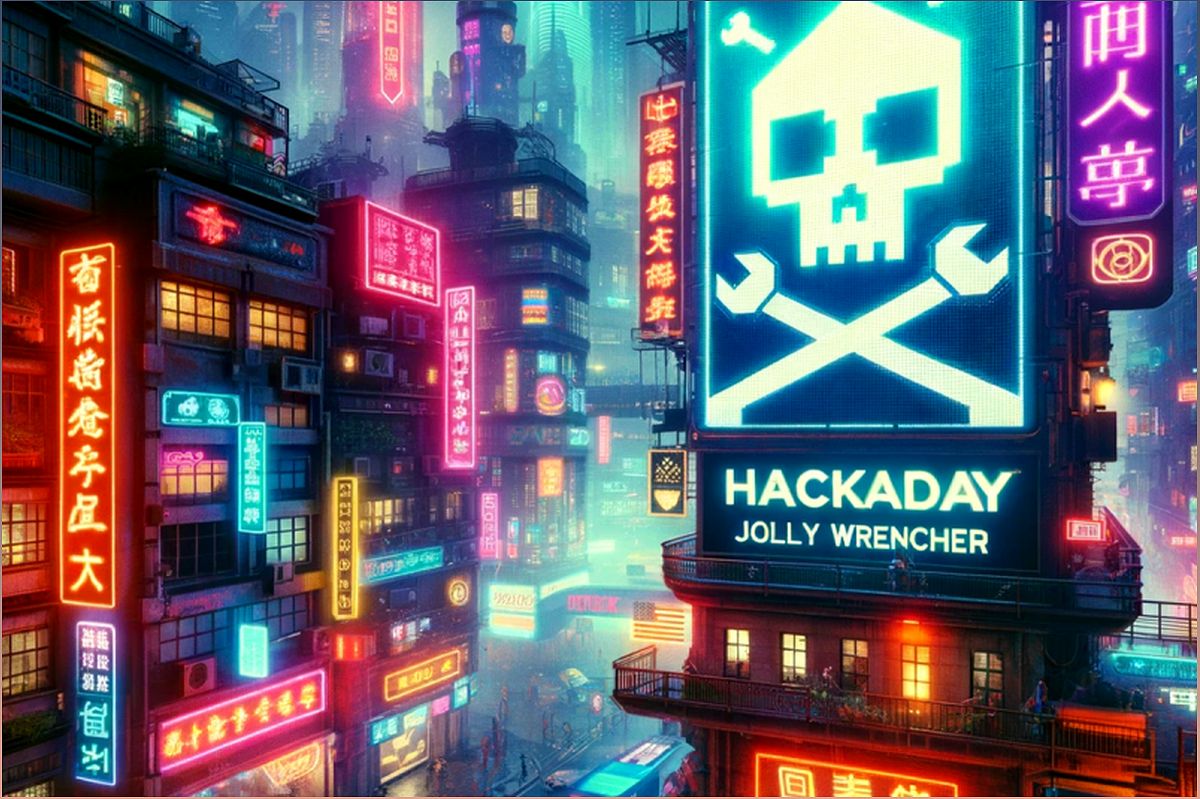In the world of digital art, the line between AI-generated and human-made creations has blurred. With the availability of AI art generators, artists and judges face the challenge of distinguishing between the two. This article delves into the complexities of determining the authenticity of artworks, the limitations of AI in replicating human creativity, and the importance of clear proof of creation in art competitions.
The Rise of AI in Digital Art
Explore the increasing presence of AI-generated artworks in the digital art world.
AI has made significant strides in the realm of digital art, with AI-generated artworks becoming more prevalent than ever before. Artists now have access to tool sets that allow them to create stunning AI-generated pieces, blurring the lines between human-made and AI-created art.
However, this rise of AI in digital art has also brought forth challenges in distinguishing between human and AI creations. Judges and art enthusiasts face the dilemma of determining the authenticity and originality of artworks submitted in competitions.
The Challenge of Differentiating Human and AI Art
Discover the difficulties in distinguishing between human-made and AI-generated art.
One of the main challenges in differentiating human-made and AI-generated art lies in the ability of AI to replicate patterns and styles. AI art generators excel in pattern recognition and replication, often creating unique combinations that catch the eye.
However, AI often lacks the conceptual depth and nuanced elements that human creativity can produce. It may struggle with refining style and detail, resulting in oddities like humans with too many teeth or cars with nonsensical design elements.
Despite these challenges, artists and judges can look for clues in the creation process. Documentation of the artistic journey, including sketches, intermediate steps, and time-lapse videos, can serve as evidence of human involvement in the creation of an artwork.
The Importance of Proof of Creation
Understand the significance of clear proof of creation in art competitions.
Art competitions play a crucial role in showcasing talent and creativity. To ensure a level playing field, it is essential to establish clear requirements for proof of creation and communicate them to participants from the outset.
Artists can provide evidence of their creative process, such as sketches, drafts, and time-lapse videos, to demonstrate their involvement in the creation of an artwork. This documentation serves as a means to validate the authenticity of their work and prevent the submission of AI-generated pieces.
However, even with proof of creation, challenges may arise. AI could potentially be developed to generate images that mimic progress shots or fake screen-captured videos, making it even more difficult to differentiate between human and AI art.
A Case Study: Mizkai's Struggle for Authenticity
Explore the challenges faced by digital artist Mizkai in proving the authenticity of her work.
Digital artist Mizkai faced a disheartening experience when her entry in a competition was disqualified despite providing extensive evidence of her creative process. She submitted Photoshop files, line drawings, pencil sketches, inked pieces, and time-lapse videos, all showcasing her original work.
This case study highlights the need for clearer guidelines and a deeper understanding of the complexities involved in determining the authenticity of artworks. It also raises questions about the future of art competitions in an era where AI-generated art continues to evolve.
The Future of Art Competitions in the Age of AI
Contemplate the future of art competitions as AI-generated art continues to advance.
As AI art generators become increasingly adept at mimicking human art, the future of art competitions may face significant challenges. Striking a balance between embracing AI as a creative tool and preserving the authenticity of human-made art is crucial.
Art competitions must adapt and establish clear guidelines for proof of creation, incorporating evolving technologies to detect AI-generated pieces. By doing so, they can ensure fair competition and maintain the integrity of human creativity in the digital art world.

